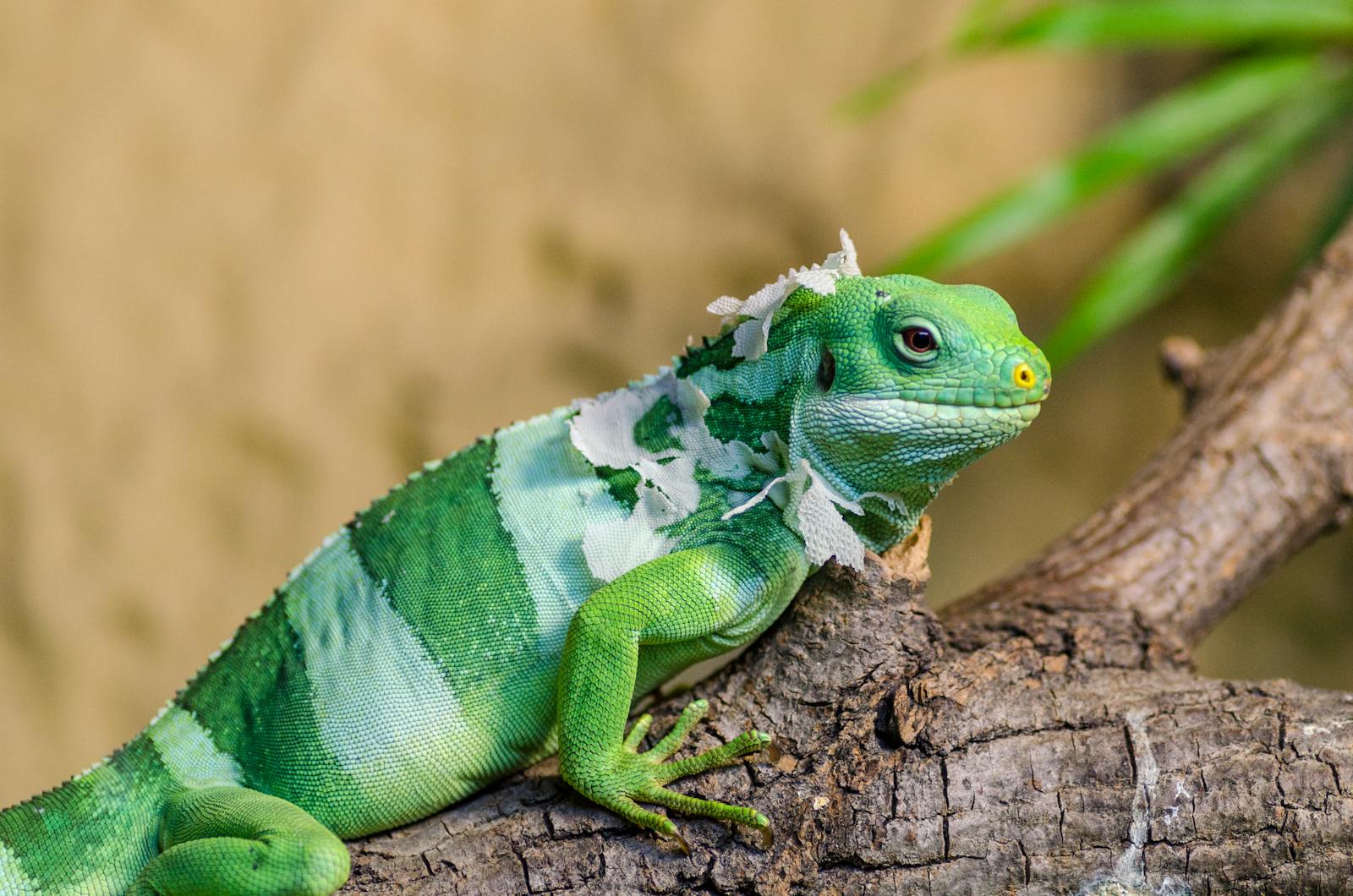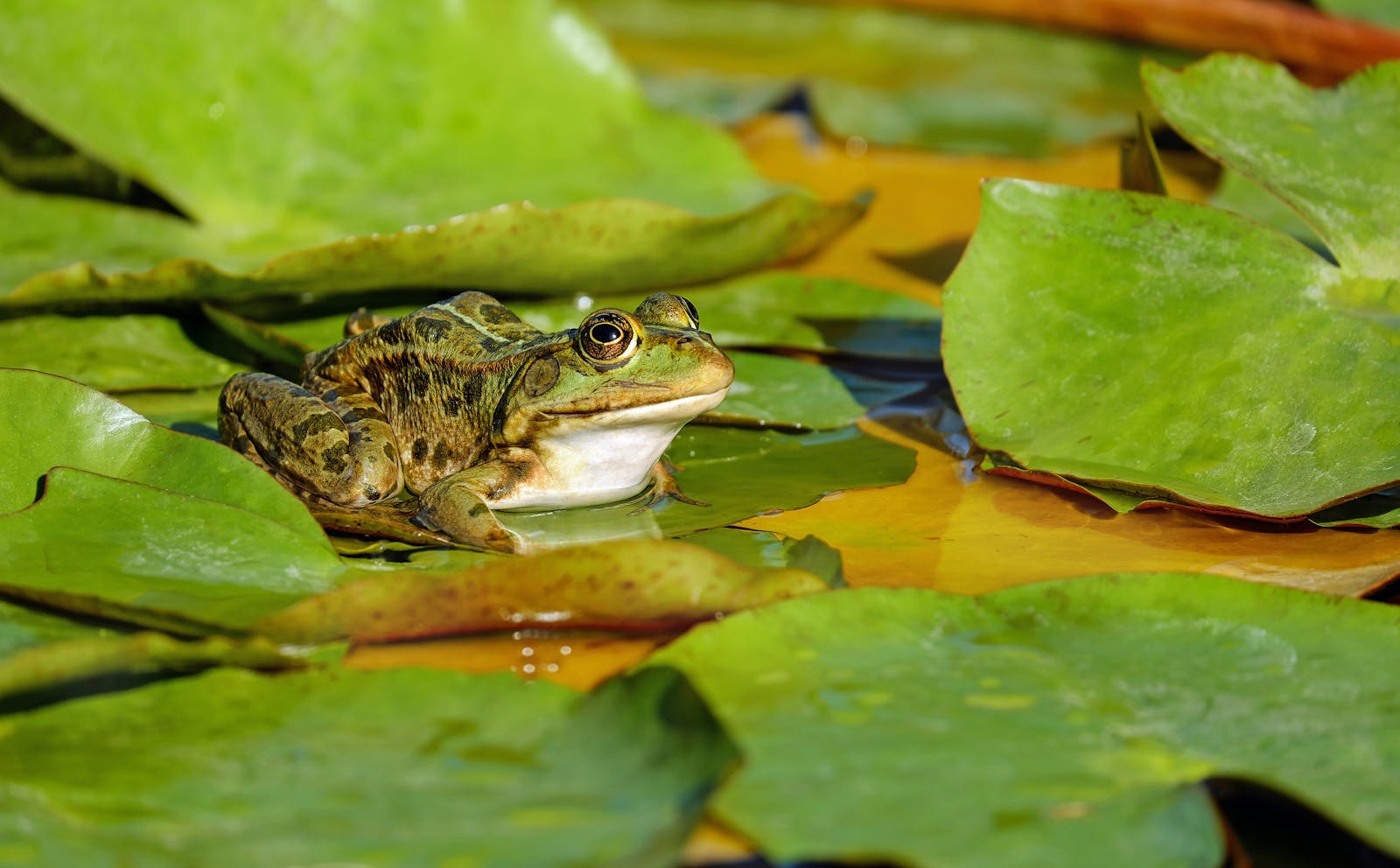Exotic pet ownership has surged in popularity as more people seek unique animal companions beyond traditional cats and dogs. From reptiles and amphibians to unusual mammals and birds, these distinctive creatures offer fascinating alternatives to conventional pets. However, the path of exotic pet ownership is fraught with challenges that many enthusiasts fail to anticipate. The specialized knowledge required to properly care for these animals differs significantly from that needed for domestic pets, leading to common but serious mistakes. This article explores the most frequent errors exotic pet owners make, providing insight to help current and prospective owners provide better care for their unique animal companions.
Insufficient Research Before Acquisition
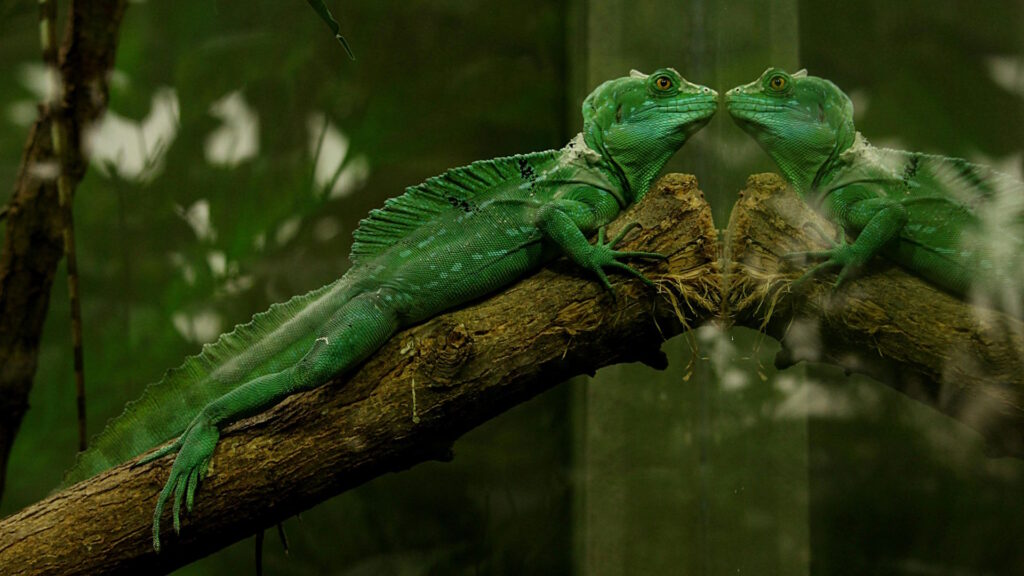
Perhaps the most fundamental mistake occurs before an exotic pet ever comes home. Many prospective owners, enchanted by a unique animal’s appearance or novelty, fail to conduct thorough research about the species’ specific needs. This oversight can lead to disastrous consequences as the reality of caring for the animal becomes apparent. Comprehensive research should include understanding the animal’s natural habitat, dietary requirements, social needs, and typical lifespan. Potential owners should also investigate the animal’s adult size, behavioral patterns, and common health issues before making a commitment. Without this foundation of knowledge, owners risk subjecting their exotic pets to inadequate care that can result in stress, illness, and premature death.
Underestimating Space Requirements
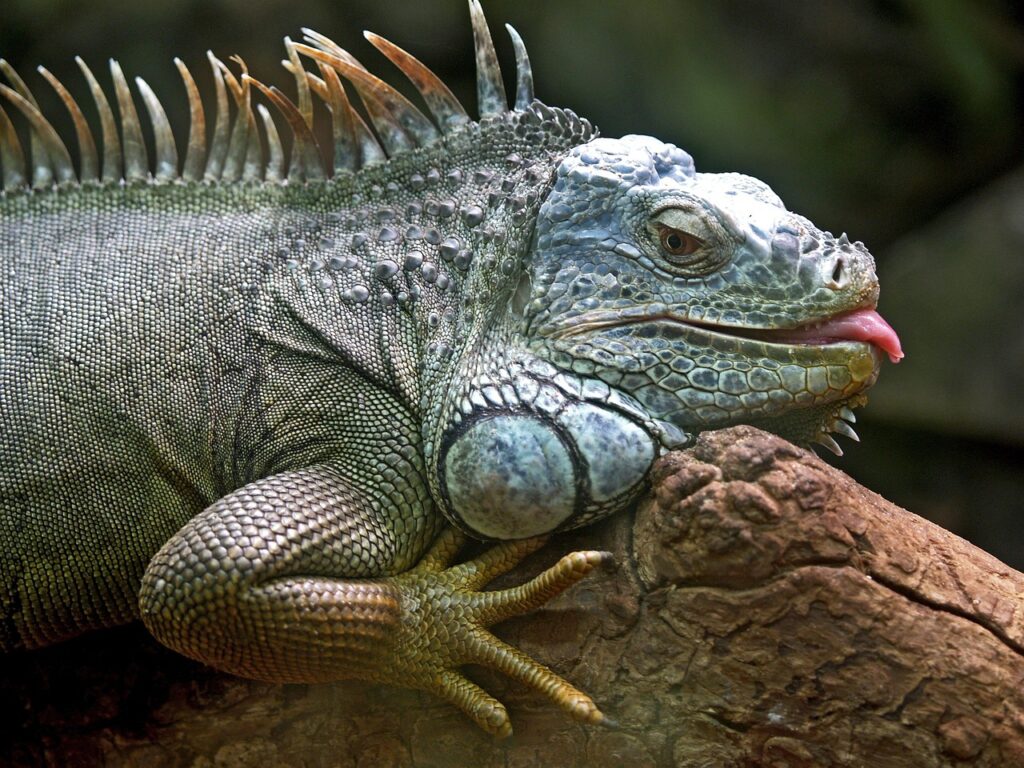
Many exotic pet owners significantly underestimate the space their animals will need, particularly as they mature. What starts as a cute baby iguana that fits in a small terrarium can grow into a six-foot adult requiring an entire room-sized enclosure. Similarly, owners of exotic birds often fail to account for both physical space requirements and the need for flight space. Exotic mammals like sugar gliders and kinkajous need much more room than a traditional cage provides, as they’re naturally active and arboreal. Inadequate space leads to stress, muscle atrophy, obesity, and behavioral problems that can include self-mutilation and aggression. Proper housing often requires custom enclosures that can be expensive and take up significant space in a home, factors that should be considered before bringing an exotic pet home.
Providing Inappropriate Diet

Nutrition represents one of the most critical and frequently mismanaged aspects of exotic pet care. Unlike dogs and cats, which have commercially available, nutritionally complete diets readily available, exotic pets often have highly specialized dietary needs that can be difficult to meet. For example, many reptile owners feed their animals an exclusively insect-based diet when they might require varied nutrition including vegetables, fruits, and vitamin supplements. Exotic birds often suffer from owners who feed them primarily seeds, when in reality most species need a diverse diet of fresh fruits, vegetables, and specially formulated pellets. Improper nutrition leads to a host of health problems including metabolic bone disease in reptiles, fatty liver disease in birds, and immune system dysfunction across species. Creating and maintaining a proper feeding regimen requires ongoing education and sometimes significant effort to source appropriate food items.
Neglecting Environmental Conditions

Exotic animals have evolved to thrive in specific environmental conditions, and failure to replicate these can result in severe health issues. Temperature, humidity, lighting, and substrate must all be carefully managed to create a suitable microclimate for exotic pets. Reptile owners frequently underestimate the importance of temperature gradients and UVB lighting, leading to digestive problems and metabolic bone disease. Amphibian keepers may fail to maintain proper humidity levels, causing respiratory infections and skin problems. Even the choice of substrate can have significant health implications, with improper materials leading to impaction or respiratory irritation. Maintaining these environmental parameters requires specialized equipment including heat sources, hygrometers, thermostats, and UVB lights, all of which need regular monitoring and replacement. The complexity of these setups often surprises new owners, who may cut corners with dangerous consequences for their pets.
Mishandling Social Needs
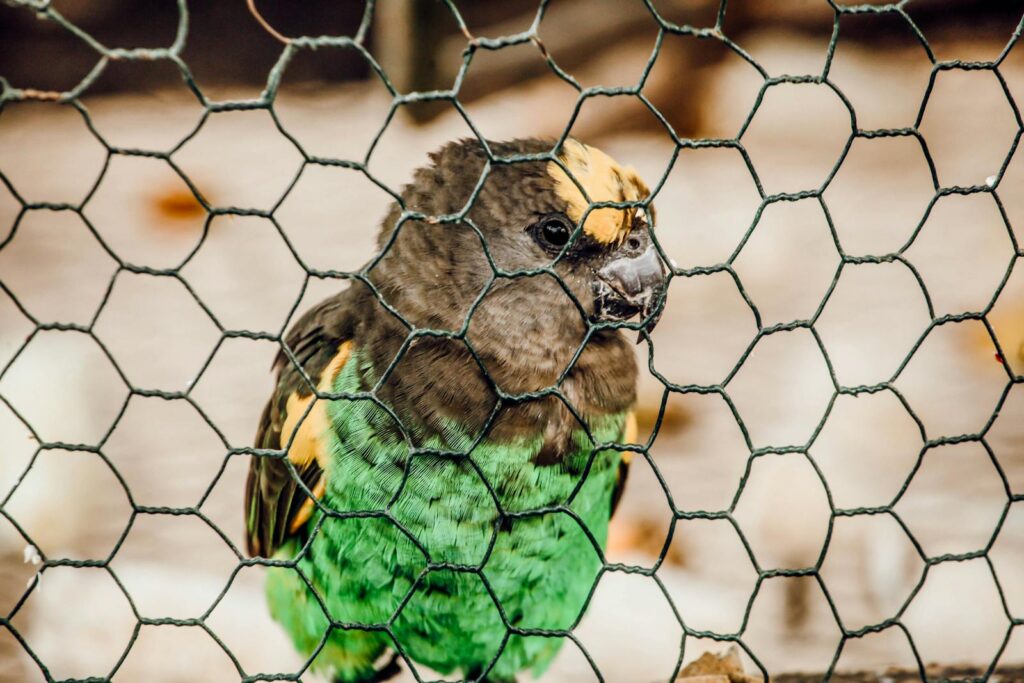
Understanding the social requirements of exotic pets presents another significant challenge that many owners fail to address properly. Some species, like certain primates or birds, have complex social structures and suffer profound psychological distress when kept alone. Conversely, forcing naturally solitary species to cohabitate can result in stress, aggression, and even fatal confrontations. Owners frequently anthropomorphize their exotic pets, projecting human social needs onto animals with entirely different natural behaviors.
For instance, many reptiles neither need nor want frequent handling, while some exotic mammals require extensive socialization to prevent behavioral problems. Birds like African Grey parrots have the intelligence of a young child and require several hours of daily interaction to remain psychologically healthy. Meeting these varied social needs demands a thorough understanding of species-specific behavior and significant time commitment from owners.
Disregarding Legal Requirements
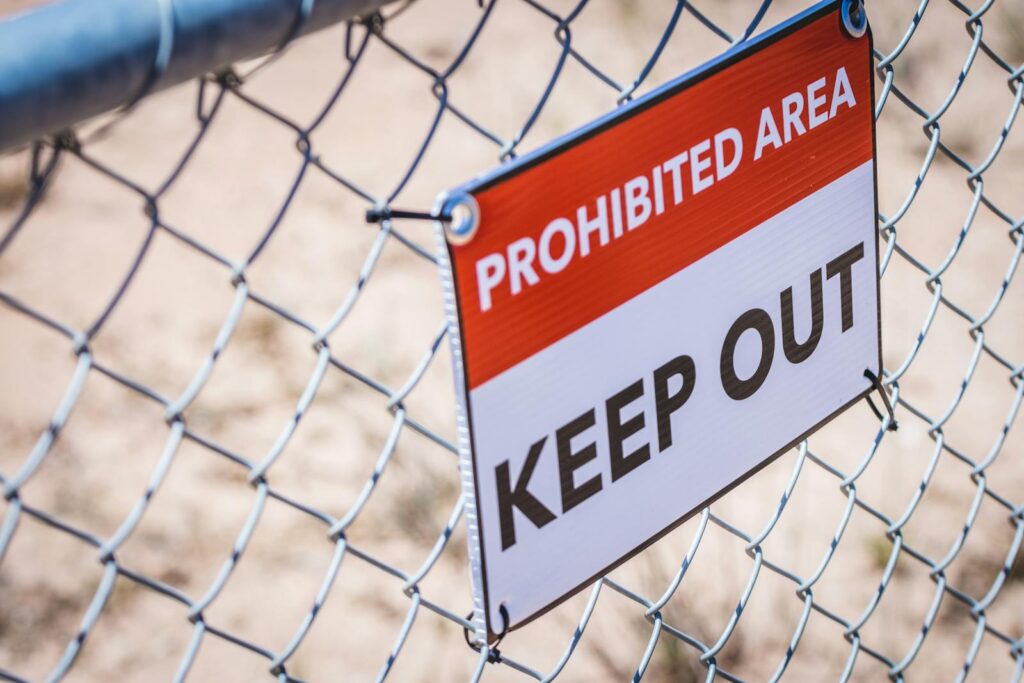
The legal landscape surrounding exotic pet ownership varies dramatically by location, yet many owners acquire animals without investigating applicable laws. Local, state, and federal regulations may prohibit the ownership of certain species entirely or require special permits and licenses. Ignorance of these legal requirements can lead to confiscation of the animal, substantial fines, and even criminal charges in some jurisdictions. Even when ownership is legal, there may be requirements for regular veterinary inspections, liability insurance, or specific housing conditions that owners must meet.
Animals acquired illegally often come from questionable sources and may have been caught from the wild or bred in poor conditions, contributing to conservation problems and the exotic pet trade’s darker aspects. Responsible ownership begins with understanding and complying with all relevant legal requirements before bringing an exotic animal home.
Finding Inadequate Veterinary Care
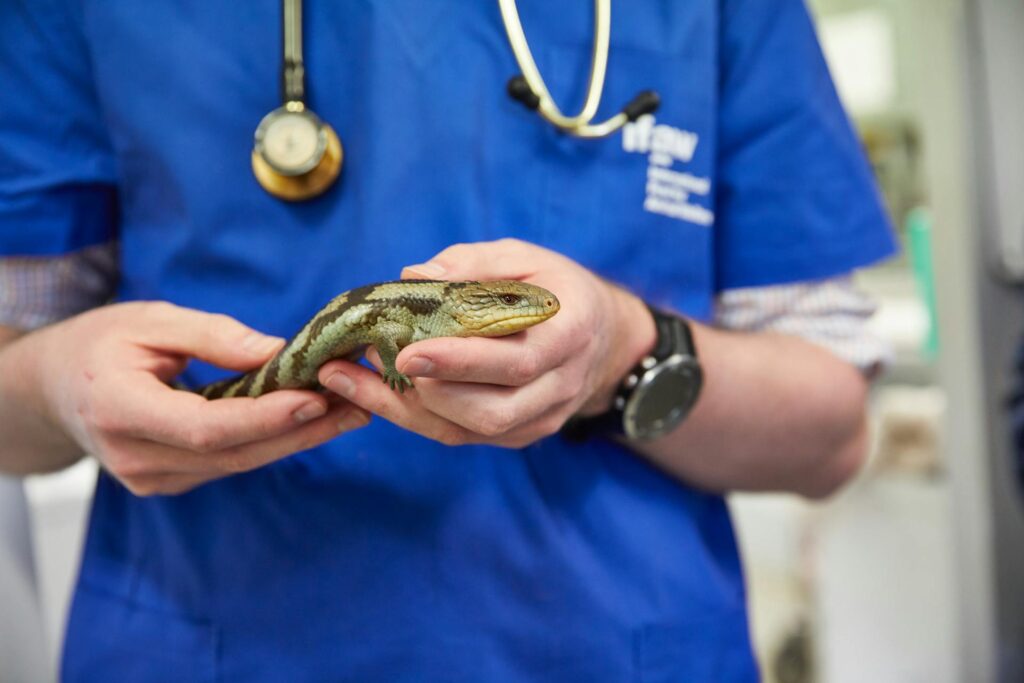
Many exotic pet owners fail to consider veterinary care until an emergency arises, only to discover that finding qualified treatment is extremely challenging. Unlike cats and dogs, exotic animals require veterinarians with specialized knowledge and equipment, and such professionals are not available in all areas. This logistical challenge means exotic pets often receive delayed care or treatment from veterinarians without sufficient expertise in their species. Preventative care is equally problematic, with many owners unaware of what constitutes normal health for their specific animal or how to recognize early signs of illness. The cost of exotic animal veterinary care can also be prohibitive, with diagnostic procedures and treatments often significantly more expensive than those for domestic pets. Before acquiring an exotic pet, prospective owners should identify a qualified veterinarian and budget for both routine and emergency medical care.
Failing to Provide Mental Stimulation
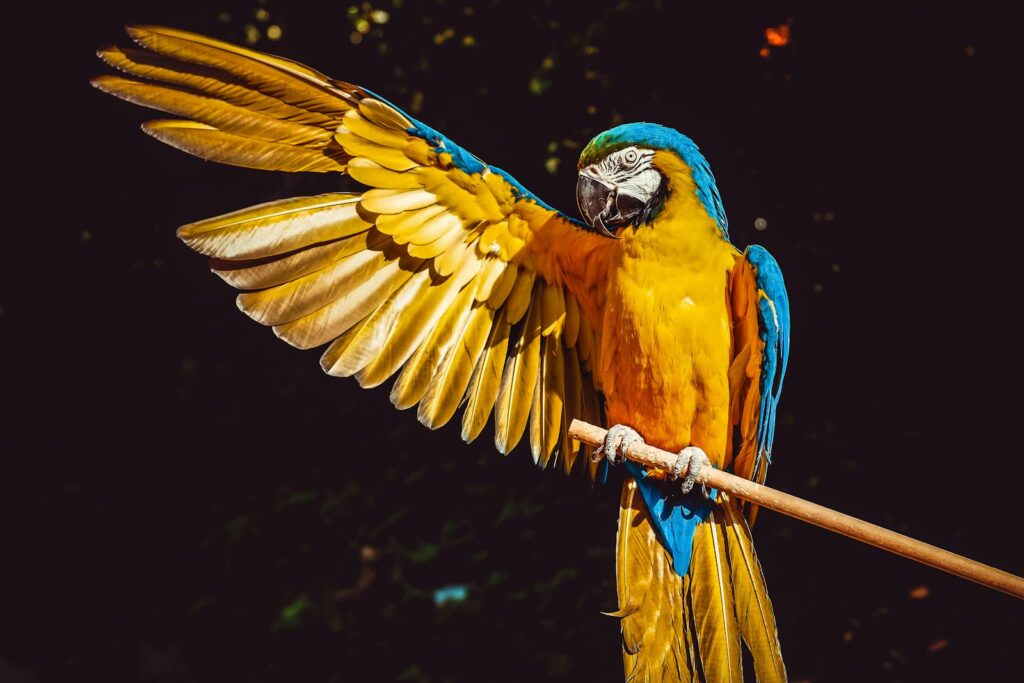
Exotic pets require environmental enrichment tailored to their natural behaviors, yet this aspect of care is frequently overlooked. Without appropriate mental stimulation, exotic animals often develop stereotypic behaviors—repetitive movements like pacing, rocking, or self-mutilation that indicate psychological distress. Proper enrichment varies dramatically by species: primates may need complex puzzle feeders, birds require rotating toys and social interaction, while reptiles benefit from naturalistic enclosures with hiding spots and climbing opportunities. The need for enrichment stems from the fact that in the wild, these animals would spend significant time foraging, hunting, socializing, and exploring vast territories. Creating opportunities for these natural behaviors in captivity requires creativity, consistent effort, and ongoing investment in appropriate enrichment items. Owners who neglect this aspect of care often end up with animals displaying problematic behaviors that diminish both the pet’s quality of life and the owner’s enjoyment.
Impulse Purchases Based on Novelty
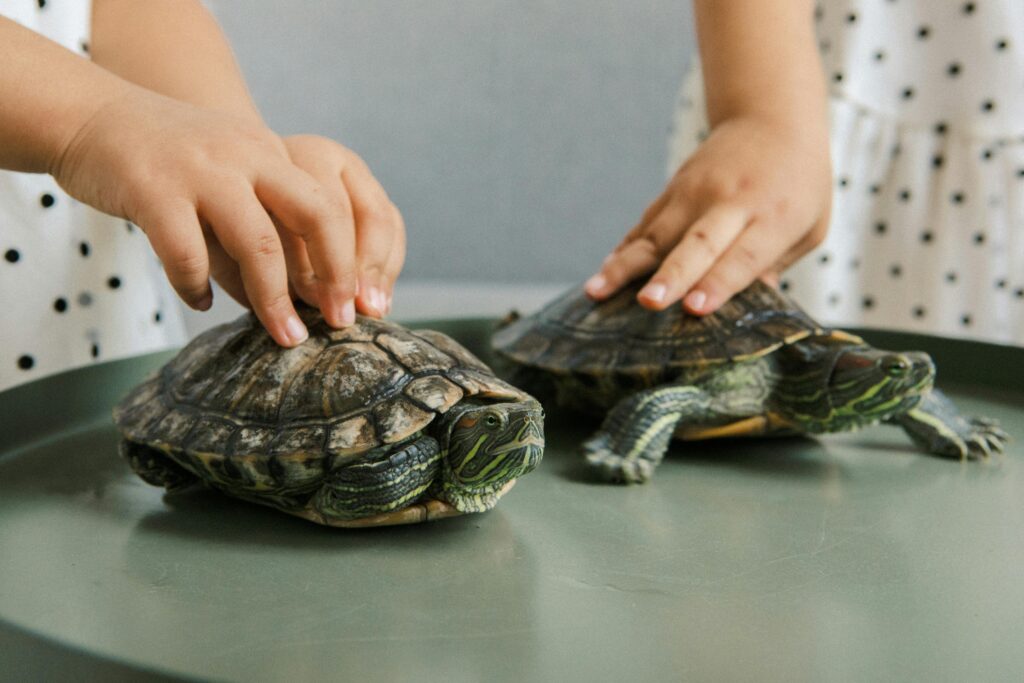
The allure of owning something unusual drives many exotic pet purchases, with insufficient consideration for the long-term commitment involved. Animals acquired on impulse often end up abandoned, surrendered, or neglected once the initial excitement fades and the reality of their care requirements becomes apparent. Particularly concerning are exotic pets purchased as fads following popular movies or shows featuring certain species, such as the surge in iguana ownership after the release of films featuring these reptiles. The lifespan of many exotic pets compounds this problem, with parrots potentially living 80+ years, tortoises exceeding 100 years, and even many reptiles requiring 15-20 year commitments. These animals often outlive owners’ interest, creating a crisis of abandoned exotic pets that overwhelms rescue organizations. Responsible ownership means making decisions based on lifestyle compatibility and long-term commitment rather than novelty appeal.
Misunderstanding Natural Behaviors
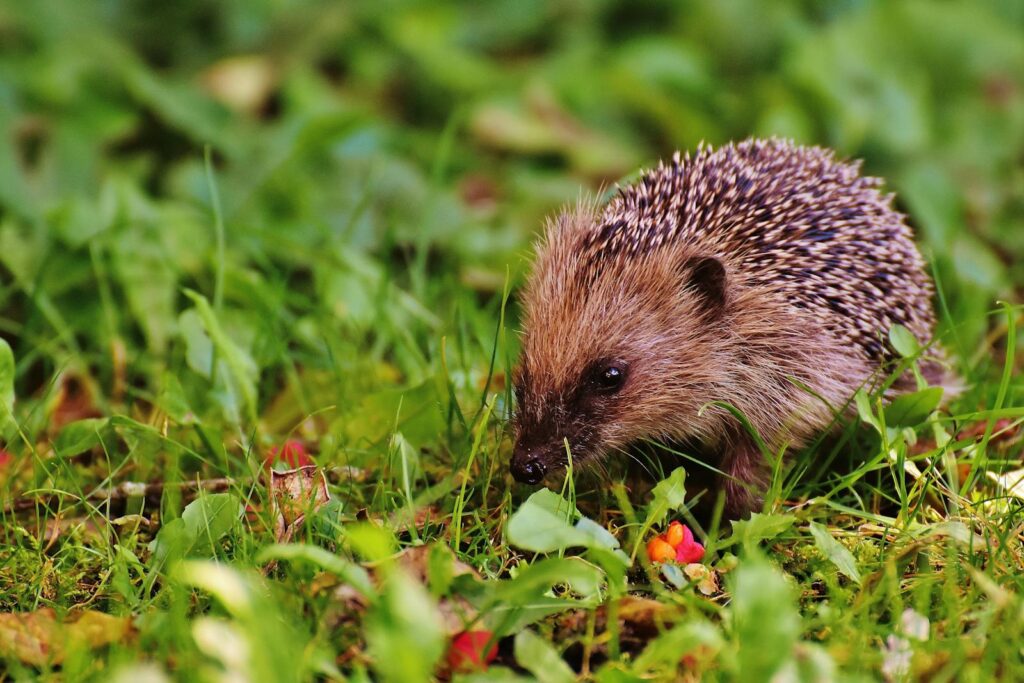
Exotic pet owners frequently misinterpret natural behaviors as problems to be corrected rather than normal expressions of the animal’s biology. For example, nocturnal animals like sugar gliders or hedgehogs may be considered “boring” pets because they sleep during the day when owners want to interact with them. Reptiles displaying territorial behavior during breeding season might be labeled “aggressive” when they’re simply following natural instincts. Birds that scream at dawn and dusk are often punished for what is actually normal communication behavior in the wild. These misunderstandings lead to inappropriate training attempts, rehoming, or keeping animals in conditions that suppress their natural behaviors. A fundamental principle of exotic pet ownership should be respecting and accommodating the animal’s natural biological programming rather than expecting them to conform to human preferences. This requires a deep understanding of species-specific behaviors and a willingness to adapt human schedules and expectations accordingly.
Inappropriate Breeding Attempts

Amateur breeding of exotic pets represents a significant problem area, with owners often undertaking breeding projects without adequate knowledge or facilities. These misguided efforts frequently result in genetic problems, maternal deaths, unhealthy offspring, and unwanted animals that overwhelm the market and rescue systems. Breeding exotic animals requires deep understanding of genetics, reproductive biology, and neonatal care specific to the species involved. Inexperienced breeders often lack proper quarantine protocols, genetic diversity planning, and facilities for safely housing multiple animals. Additionally, some owners discover too late that sexing exotic animals can be challenging, resulting in unexpected breeding or same-sex aggression in inappropriately housed animals. Responsible ownership means either keeping animals in appropriate sex-segregated groups or having them properly sterilized, and leaving breeding to established, ethical breeders with proper facilities and knowledge.
Neglecting to Plan for the Animal’s Entire Lifespan
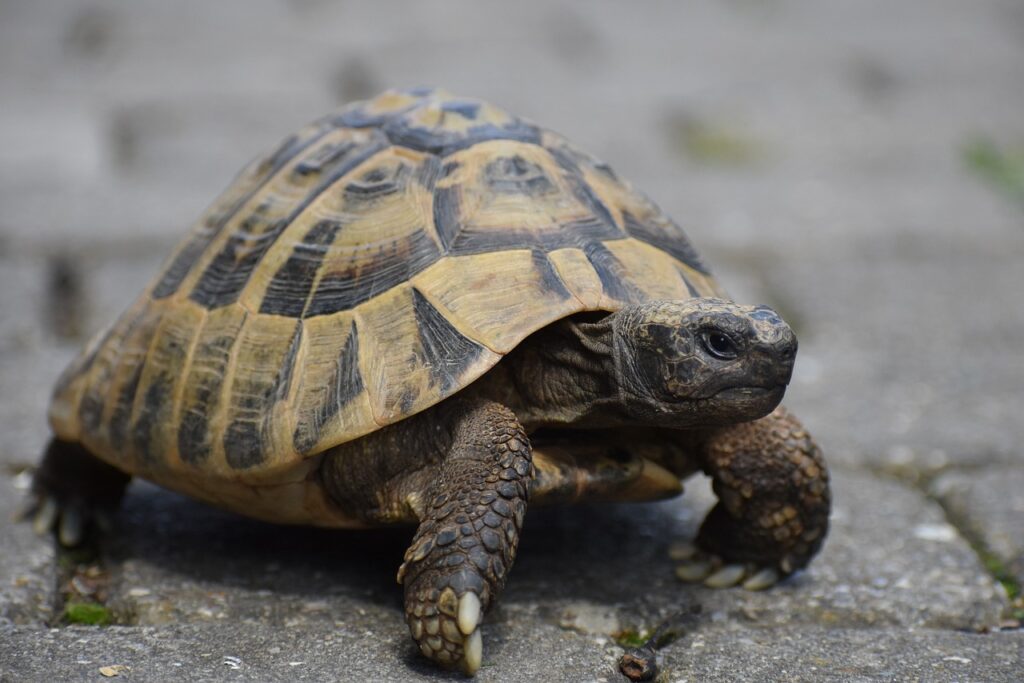
Many exotic pet owners fail to make provisions for their animal’s care should they become unable to maintain ownership. This lack of planning becomes particularly problematic with long-lived species like parrots, tortoises, and certain reptiles that may outlive their owners or remain healthy long after an owner’s life circumstances change. Without explicit arrangements, exotic pets may end up abandoned, euthanized, or passed to unprepared family members when owners face health crises, financial hardship, or other major life changes. Responsible ownership includes establishing a contingency plan that might involve a dedicated care fund, formal arrangements with qualified individuals willing to assume care, or connections with species-specific rescue organizations. Some owners even include their exotic pets in their wills or establish trusts for their care, acknowledging the serious lifetime commitment these animals represent. This forward-thinking approach ensures the animal’s welfare throughout its natural lifespan, regardless of changes in the owner’s situation.
Underestimating Financial Commitment
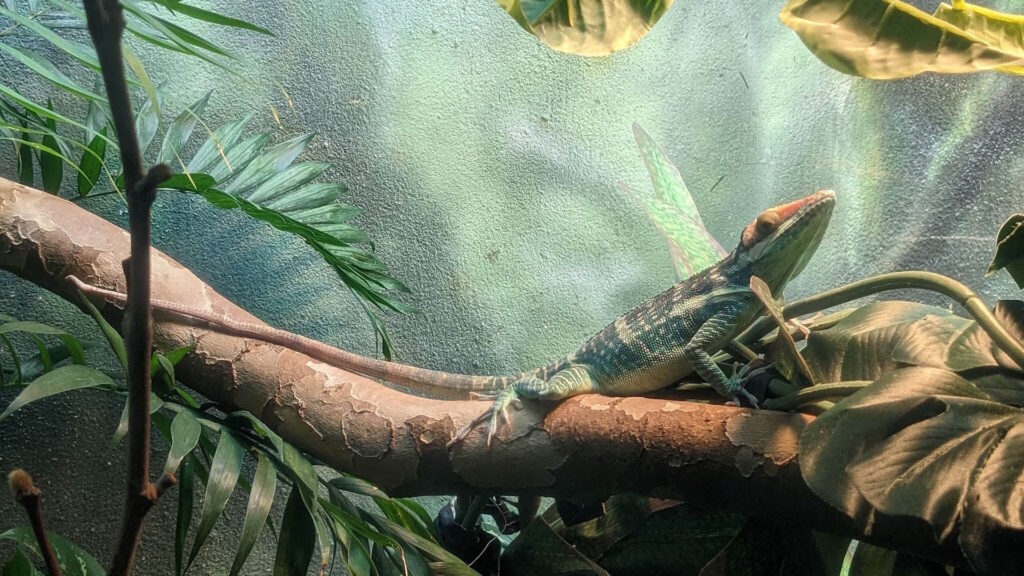
The true cost of exotic pet ownership frequently surprises unprepared owners, leading to compromised care when financial reality sets in. Initial purchase price represents only a fraction of the lifetime cost, with specialized enclosures, lighting, heating, filtration systems, and other equipment often requiring significant investment. Ongoing expenses include specialized diets, substrate replacements, electricity for environmental control systems, and regular replacement of UVB bulbs and other consumables. Veterinary care for exotic species typically costs substantially more than for domestic animals, with fewer insurance options available to offset emergency expenses. Many exotic pet owners find themselves facing difficult decisions when presented with multi-thousand dollar treatment options for serious health issues. Prospective owners should create a realistic budget accounting for both routine care and emergency funds before committing to an exotic pet, ensuring they can provide appropriate care through economic challenges and unexpected expenses.
Conclusion
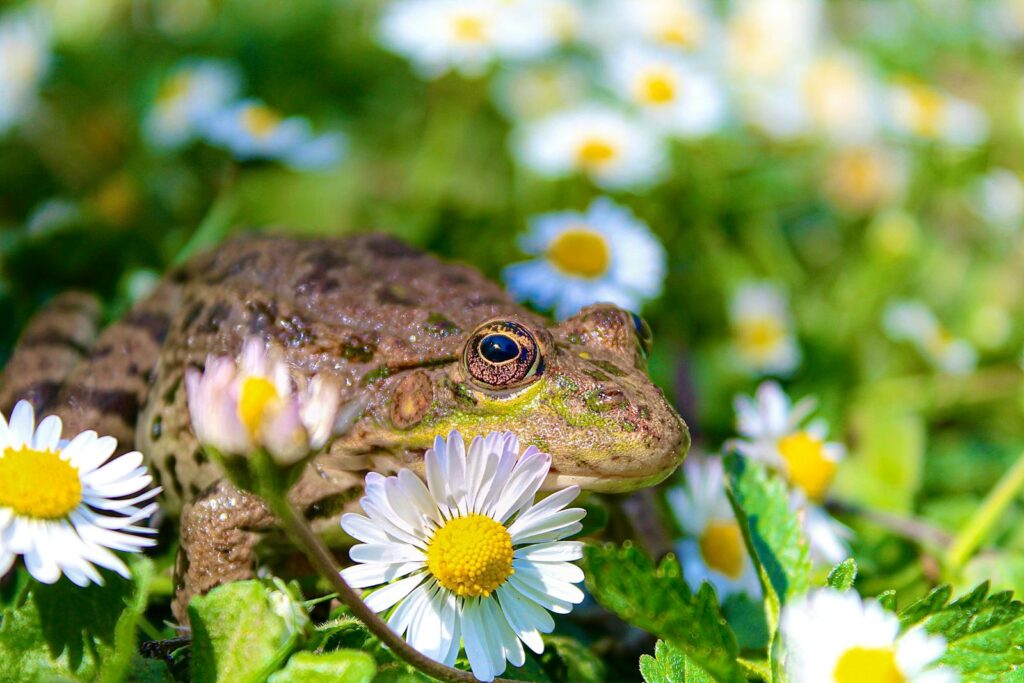
The journey of exotic pet ownership comes with tremendous responsibility that extends far beyond the initial fascination with unique animals. By understanding and avoiding the common mistakes outlined above, owners can provide better care and enjoy more rewarding relationships with their exotic companions. Proper research, realistic expectation-setting, and long-term planning are essential cornerstones of successful exotic pet keeping. Ultimately, the wellbeing of the animal must remain the primary consideration, even when that means recognizing that some species simply don’t make suitable pets for most households. Those who approach exotic pet ownership with appropriate knowledge, resources, and commitment can create enriching environments that meet their animals’ complex needs while experiencing the unique joy these fascinating creatures bring to their lives.

